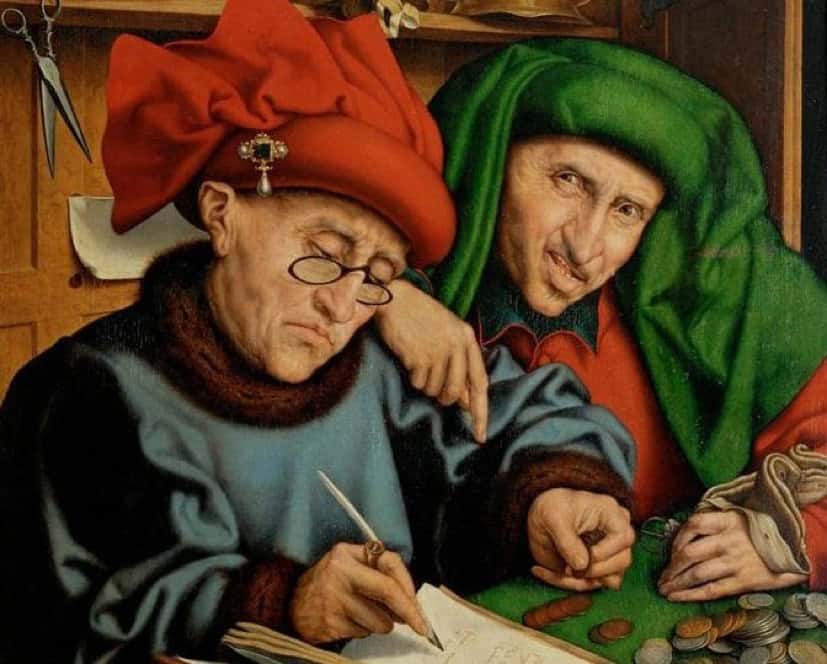Transparency in the Art Market: Friend or Foe?
Findings on Arcarta’s Art Market Regulation Report

Artemundi has actively led a transparency crusade throughout the top tier sector of the art market. For over a decade, we have implemented Know-Your-Client (KYC) procedures, due-diligence policies, and verification of the Ultimate Beneficial Owner (UBO) to comply with Anti-Money Laundering regulations. However, it was only from January 2020 that these transparency policies became mandatory for sellers, buyers, and intermediaries involved in transactions above or equal to €10,000 in the EU, UK, and Switzerland.
When factoring the COVID-19 pandemic and its inherent global recession with the 5th Anti-Money Laundering Directive on the same hectic year, was transparency the art market’s coup d’ grace or its savior?
According to Arcarta’s “The Art Market Regulation Report” published in early February 2021, the initial reaction from the 105-art participants was one of confusion and frustration. Nevertheless, the overall response from buyers was positive. Despite the lack of an international directive, 49.9% UK & 24.8% US art customers demonstrated their willingness to contribute in the contention of the tangible and growing threat of cybercrime, money laundering and other fraudulent activities.
However, it was no surprise that most galleries do not consider themselves to have the infrastructure, knowledge or experience regarding the AML process to perform the analysis and withhold the information.
Unlike banks and financial institutions that consider these AML procedures their daily bread-and-butter, dealers and gallery managers had to either hire third-party compliance officers or educate themselves—being the second further slowed by the government’s self-isolation requirements.
The art market’s reluctance to embrace online as a primary sales channel was already a crucial task to overcome. On top of this, the sector experienced a 155% increment of invoice fraud through email hacking attacks, including a famous case of Simon C. Dickinson Ltd. losing £2.4million for the sale of a John Constable to the Rijksmuseum Twenthe.
Overall, in only one year, these 105 surveyed businesses produced 2,596 Customer Due Diligence Reports, from which only 4% of them included a Politically Exposed Person or Sanction profile. The “Art Market Regulation Report” found that the volume of new Customer Due Diligence reports incremented in July, reflecting a more active, online art-market calendar.
February 2021 will be the benchmark for the start of an even stricter and policed market as a phased registration by the UK Art Market Supervisor HMRC requires all Art Market Participants to register their business for Money Laundering Supervision with its deadline in June.
Although there is a long way to go, this report demonstrates that transparency and legality principles are not enemies of discretion and privacy, two main features sought by legitimate buyers and collectors. The art market industry adaptation to these new transparency measures is imperative, as insider regulators and governments keep a much beadier eye on the art market than they used to overlook in the past.

